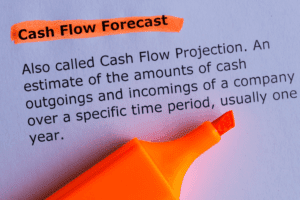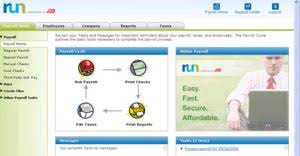
Nevertheless, the owners and private shareholders can still compute the firm’s equity position using the same formula and method as with a public one. A company’s equity position can be found on its balance sheet, where there is an entry line for total equity on the right side of the table. The $66.8 billion value in company equity represents the amount left for shareholders if Apple liquidated all of its assets and paid off all of its liabilities. Subtracting liabilities from assets, we see that shareholders’ equity was therefore $66.8 billion ($331.2 billion -$264.4 billion).
- Long-term assets are those that can’t be converted to cash or consumed within a year, such as real estate properties, manufacturing plants, equipment, and intangible items, including patents.
- David is comprehensively experienced in many facets of financial and legal research and publishing.
- As per the company’s balance sheet for the financial year ended on March 31, 20XX, the company’s total assets and total liabilities stood at $3,000,000 and $2,200,000, respectively.
- Company or shareholders’ equity is equal to a firm’s total assets minus its total liabilities.
- Let us take the annual report of Apple Inc. for the period ended on September 29, 2018.
Shareholder Equity (SE): What It Is and How It Is Calculated
The total assets value is calculated by finding the sum of the current and non-current assets. It also reflects a company’s dividend policy by showing its decision to pay profits earned as dividends to shareholders or reinvest the profits back into the company. On the balance sheet, shareholders’ equity is broken up into three items – common shares, preferred shares, and retained earnings. A shareholders’ equity refers to the portion of a company’s net worth that the shareholders are entitled to receive when it liquidates. It is calculated by subtracting total liabilities from the firms’ total assets. The result helps determine how stable a company and its financial health are.

Treasury Stock (Stock Buyback)

When companies issue shares of equity, the value recorded on the books is the par value (i.e. the face value) of the total outstanding shares (i.e. that have not been repurchased). That is, it indicates how much money would be available to the company’s shareholders if it goes bankrupt and is forced to pay all of its liabilities. If the company ever had to be liquidated, it’s what the shareholders would get. Total equity effectively represents how much a company would have left over in assets if the company went out of business immediately. The following is data for calculating the Shareholder’s equity of Apple.Inc for the period ended on September 29, 2018.
Return on Equity

It reflects the capital that the owners have invested into the company either through direct investments or through the retention of earnings over time. Over the years, shareholders’ equity has become a stockholders equity formula fundamental component of a company’s balance sheet, offering insight into its financial well-being. The value can be both positive and negative, depending on the number of assets the companies own and their liabilities. While the asset value is normally more than the company’s liabilities, there can be instances where the figures reflect an opposite scenario.
The reinvestment from the shareholders indicates their attitude towards the company, which is positive if the performance is good and as expected. Let’s assume that ABC Company has total assets of $2.6 million and total liabilities of $920,000. All the information needed to compute a company’s shareholder equity is available on its balance sheet. Equity represents the net value of a company, or the amount of money left over for shareholders if all assets were liquidated and all debts repaid.
Common FAQs
The total shareholders’ equity is calculated as the difference between the total assets a company has and the total liabilities or debt. While assets are the company’s resources and include everything from cash to physical items, liabilities are the debt it requires repaying. The liabilities count is normally built while the firms arrange funds to spend on assets. Many investors view companies with negative shareholder equity as risky or unsafe investments.
Stockholders’ Equity and the Impact of Treasury Shares
Once all liabilities are taken care of in the hypothetical https://www.bookstime.com/ liquidation, the residual value, or “book value of equity,” represents the remaining proceeds that could be distributed among shareholders. The widening difference between the figures reflecting the two values indicates growth and profits, thereby making more and more investors invest in the firm. On the other hand, if the difference declines, it depicts that the maturity period is around the corner, and there is no scope for further growth.

After the repurchase of the shares, ownership of the company’s equity returns to the issuer, which reduces the total outstanding share count (and net dilution). Stockholders’ equity is a measurement of Financial Forecasting For Startups the general financial health of the company. If the number for stockholders’ equity is negative, it may warn of impending bankruptcy (particularly if it is due to a high debt load). So, for example, if A has a 20 percent contribution and B has a 40 percent contribution, the latter’s share would be more than the former when the company liquidates or makes significant profits.





دیدگاهتان را بنویسید